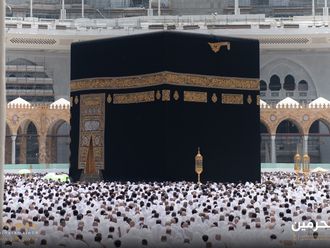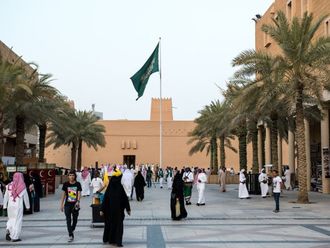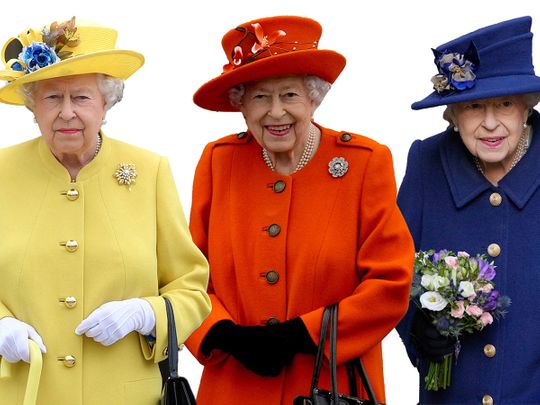
London: Elizabeth Alexandra Mary Windsor wasn’t born to wear the crown. But destiny intervened.
The woman who became Queen Elizabeth II will mark 70 years on the throne Sunday, an unprecedented reign that has made her a symbol of stability as the United Kingdom navigated an age of uncertainty.

From her early days as a glamorous young royal in glittering tiaras to her more recent incarnation as the nation’s grandmother, the queen has witnessed the end of the British Empire, the advent of multiculturalism, the rise of international terrorism, and the challenges posed by Brexit and the COVID-19 pandemic. In a world of relentless change, she has been a constant — representing the UK’s interests abroad, applauding the nation’s successes and commiserating in its failures, and always remaining above the fray of politics.
That constancy should earn Elizabeth a royal epithet like those of her predecessors such as William the Conqueror, Edward the Confessor and Alfred the Great, said royal historian Hugo Vickers.
“I’ve always thought she should be called Elizabeth the Steadfast,” Vickers told The Associated Press. “I think it’s a perfect way of describing her. She wasn’t necessarily expecting to be queen, and she embraced that duty.’’
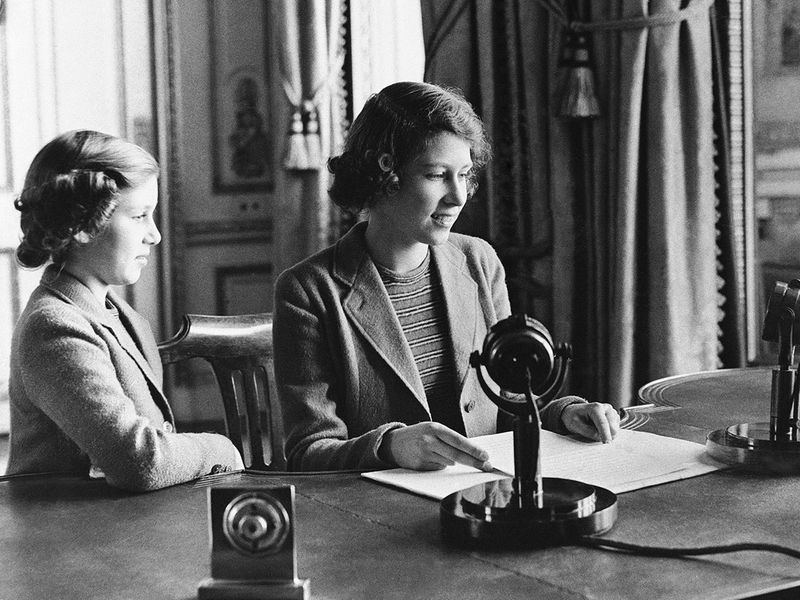
As the elder daughter of King George V’s second son, Elizabeth, now 95, was expected to live the life of a minor royal when she was born on April 21, 1926. Dogs and horses, a country house, a suitable match — a comfortable but uneventful life — seemed her future.
But everything changed a decade later when her uncle, King Edward VIII, abdicated so he could marry the American divorcee Wallis Simpson. Elizabeth’s father became King George VI, making the young princess heir apparent.
George VI, whose struggles to overcome a stutter were portrayed in the 2010 film “The King’s Speech,” endeared himself to the nation when he refused to leave London as bombs fell during the early months of World War II.
Elizabeth followed her father in leading by example, joining the Auxiliary Territorial Service in early 1945, becoming the first female member of the Royal Family to join the armed services as a full-time active member. On her 21st birthday, she dedicated her life to the nation and the Commonwealth, the voluntary association of states that grew out of the British Empire.
“I declare before you all that my whole life, whether it be long or short, shall be devoted to your service and the service of our great imperial family to which we all belong,” she said in a radio address broadcast around the world.
Shared confidences with 14 prime ministers and met 13 US presidents
In 1952, the young princess embarked on a tour of the Commonwealth in place of her ailing father. She was at a remote Kenyan lodge, where she and her husband Prince Philip watched baboons from the treetops, when she heard her father had died.
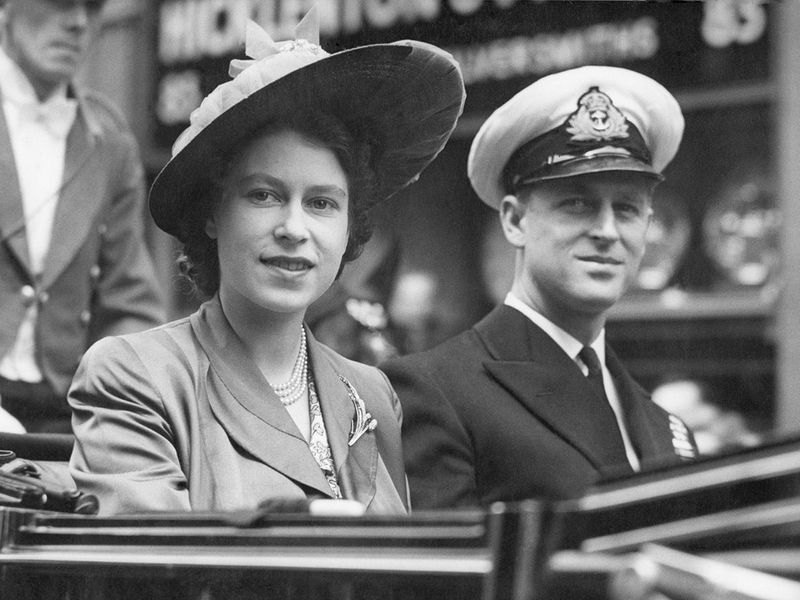
She immediately returned to London, disembarking the plane in black mourning clothes, to begin her life as queen. She has reigned ever since, with crown and scepter on big occasions, but more commonly wearing a broad-brimmed hat and carrying a simple handbag.
In the intervening seven decades, the queen has shared confidences with 14 prime ministers and met 13 US presidents.
Once a year, she travels the mile or so from Buckingham Palace to the House of Lords for the ceremonial opening of Parliament. And when world leaders come to call she hosts state banquets during which her diamonds flash under the TV lights and presidents and prime ministers worry about whether to bow and when to offer a toast.
But it is the less lavish events that give the queen a link to the public.
At the garden parties that honor the service of everyone from soldiers and charity workers to long-serving school librarians and crossing guards, guests wear festive hats and drink tea as they try to catch a glimpse of the queen on the lawn outside Buckingham Palace. The honorees can spot her at a distance, as it is said she favors bright colors so the public can spot her in a crowd.
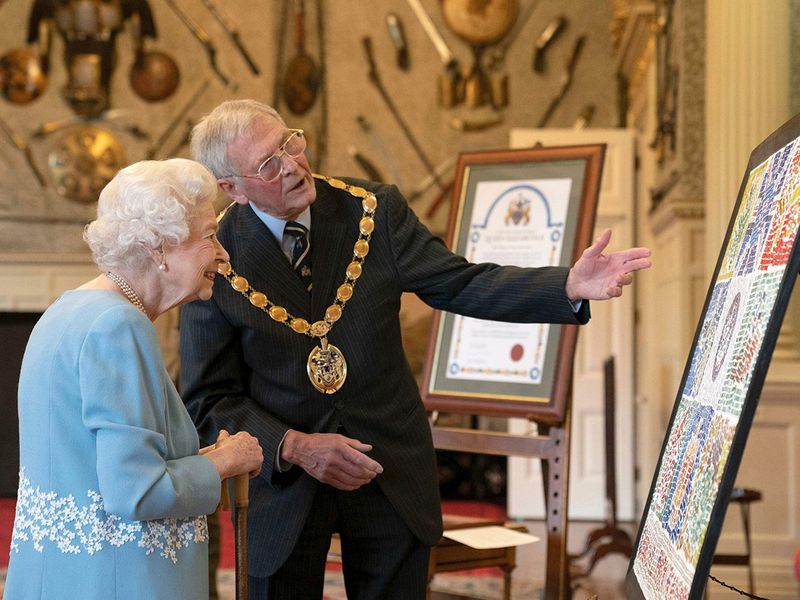
Then there is the annual wreath laying at the memorial to those who have died during conflicts around the world, as well as the numerous school openings, hospice visits and tours of maternity wards that have filled her days.
Britain’s longest-serving monarch, the only sovereign most Britons have ever known, has been a constant presence from the Suez Crisis of 1956, when Egypt’s seizure of the Suez Canal underscored Britain’s declining might, through the labor strife of the 1980s and the 2005 terror attacks in London.
Controversies
When Prince Philip died during the pandemic, she donned a black face mask and sat alone during his socially distanced funeral, silently demonstrating that the rules applied to everyone — particularly her.
“She’s not beholden to the electorate. She’s not dependent on her latest hit or her latest movie,’’ said Emily Nash, royal editor of HELLO! magazine. “She’s just there. She does what she does. She carries out her duties without ever complaining or making any personal drama. And people respect her for that.’’
Not that there haven’t been controversies.
In the early 1990s, criticism of the monarchy increased amid reports of the queen’s private wealth and concerns about the expense of the monarchy. In 1992, the queen agreed to pay the expenses of most of her family and become the first monarch to pay income taxes since the 1930s.
Tensions flared again in 1997 when the royal family’s silence after the death of Princess Diana, the ex-wife of Prince Charles, fueled the resentment of Diana’s many fans.
Even now, the monarchy is struggling to distance itself from the scandal caused by a sex abuse lawsuit filed against Prince Andrew, the queen’s second son, and the fallout after two of the royal family’s most popular members, Prince Harry and his wife Meghan, ditched their royal duties and departed for California.
But the queen has transcended scandal and remained popular throughout it all, said Kelly Beaver, the CEO of polling firm Ipsos UK, which has tracked her popularity for decades.
“Part of this because she is so synonymous with ... the monarchy, which is something the British people are proud of,’’ Beaver said.
Still, Tiwa Adebayo, a social media commentator and writer who inherited a fascination with the monarchy from her grandmother, believes younger people want “more transparency’’ — to see the royal family move beyond the adage of "never complain, never explain’’ that has typified the queen’s reign.
For the queen, Sunday is likely to be bittersweet, marking both her long reign and the 70th anniversary of her father’s death.
“I’ve always thought that one of her philosophies really was that, you know, she just wanted to be a really good daughter to her father and fulfill all his hopes for her,’’ Vickers said. “And, you know, assuming that there is an after-life and they meet again, my goodness he will be able to thank her for doing just that.’’
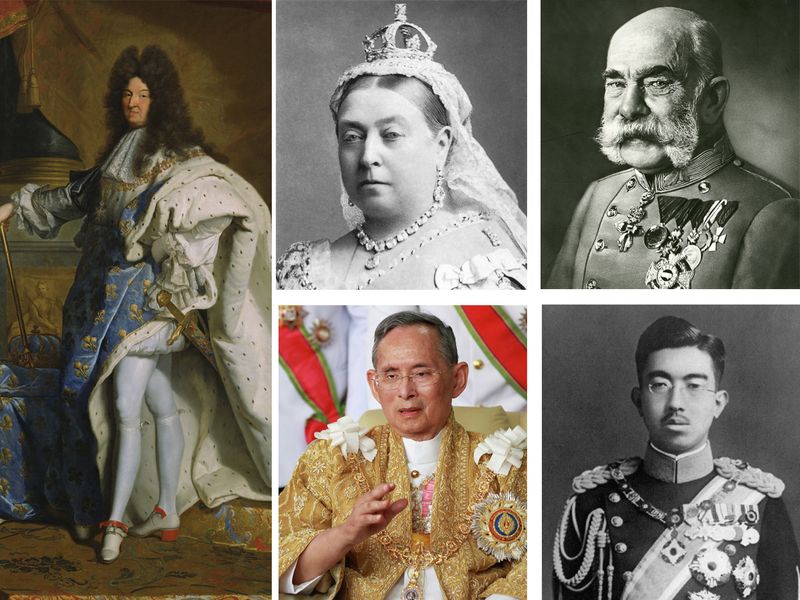
She will celebrate 70 years on the throne on Sunday.
Her reign has been surpassed by just two other major monarchs in recorded history — France’s 17th-century “Sun King” Louis XIV and Thailand’s King Bhumibol.
Here are the world’s longest known reigns:
France’s Louis XIV
The ‘Sun King’ Louis XIV, who reigned for 72 years between 1643 and 1715, is the longest-reigning monarch on record.
Born in 1638, Louis ascended to the throne at the age of four. As well as making France Europe’s pre-eminent power after three major wars, he was a gifted ballet dancer. He married twice and built the immense Palace of Versailles near Paris.
Thailand’s King Bhumibol
The modern record is held by Thailand’s King Bhumibol Adulyadej, crowned under the name of Rama IX in June 1946.
The widely revered monarch died in October 2016 at the age of 88. His seven turmoil-laden decades on the throne were marked by a communist insurgency, coups and street protests, throughout which he was seen as a figure of constancy.
Austria’s Franz Josef I
Austrian Emperor Franz Joseph reigned for nearly 68 years between 1848 and 1916.
The head of the powerful Habsburg dynasty ruled over a multi-ethnic realm with more than 50 million people. Seen as both a custodian of imperial glory and the tragic figure responsible for its decline, many also blame him for First World War.
Britain’s Queen Victoria
Queen Elizabeth’s great-great-grandmother, Queen Victoria, reigned for almost 64 years from 1837 until 1901 when the British Empire was at its height and gave her name to the Victorian age.
Japan’s Emperor Hirohito
Japanese Emperor Hirohito died in January 1989 at the age of 87 after reigning for 62 years.
Initially seen as a demigod, questions remain over his role in Japanese expansionism before and during Second World War.
After the war, he became a mere figurehead as his nation drew close to the United States and for long became the world’s second largest economy.
— AFP








